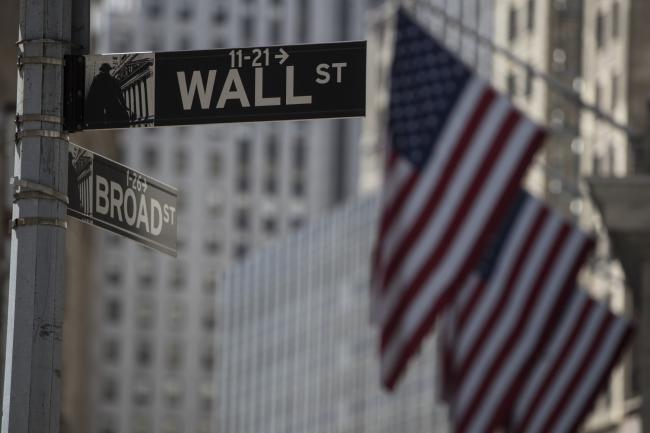(Bloomberg) -- Mounting warnings from Wall Street about the aging business cycle in recent weeks are unanimous: downgrade high-yield bonds.
The shift out of junk bonds by investors this week has been getting underway for weeks on the sell side in the form of allocation calls from Goldman Sachs Group Inc (NYSE:GS)., JPMorgan Chase & Co (NYSE:JPM)., and Morgan Stanley (NYSE:MS). Their advice? Pare high-yield corporate debt, an asset class that, unlike growth stocks, is more likely to unravel in the winter of bull markets.
Whether it’s down to weakening balance sheets or smart-money investors pricing in diminished growth momentum, credit bears tend to come out of hibernation late in the cycle while animal spirits linger in equities for longer, if the past is anything to go by.
At the same stage, growth stocks often show a burst of strength, which explains why strategists are bullish on them, even as a rally that’s added $5 trillion to U.S. stocks over past the past year has stretched valuations.
“Equity risk is better rewarded than credit at this stage in the cycle,” said Gavin Counsell, multi-asset manager at Aviva (LON:AV) Investors in London. “Equities can rally right up to the end of a cycle -- in comparison, credit generally performs better earlier in the recovery stage, and much of the good returns are behind us.”
To be sure, economic expansion and liquidity are set to prop up bond prices, and the diminished junk appetite this week has been spurred, in part, by technical factors, namely strong supply and weak earnings. But an allocation shift may help investors hedge financial-overheating risks, say analysts.
“High-yield bonds are priced for perfection, especially monetary policy perfection, whereas equities can profit from other return drivers, too, like growth, earnings growth and margins,” according to Jeroen Blokland, portfolio manager at Robeco Nederland BV, the Dutch asset manager.
That call is backed by Jan Loeys, chief investment strategist at JPMorgan, who’s now neutral on high-yield and remains overweight growth stocks.
“Financial overheating” is “well advanced and feels so late 90s, that it merits monitoring a lot more closely for signs of bubble-trouble,” he wrote in a note to the media this week, citing junk spreads at post-crisis lows.
Morgan Stanley and Credit Suisse (SIX:CSGN) Group AG strategists, for their part, reckon corporate bond yields are set to tick up next year, while there’s juice in global shares for the next six months at least.
“During late-cycle expansions, increased demand helps to fuel capacity tightness, leading to a temporary accrual of economic rents to equity holders,” Morgan Stanley’s Adam Richmond wrote in a recent note.
Underscoring the increasing obsession with cycle fears, Goldman Sachs also published a report Thursday on the theme. The conclusion? You guessed it: Hedge for a reversal in risk appetite by paring exposure to speculative credits in favor of investment-grade obligations -- and overweight global stocks.
“Selling too early can be as costly as being late,” strategists including David Kostin wrote. “In the last year of bull markets, the S&P 500 has averaged a return of 21 percent, with a 7 percent return in the final three months alone.”
